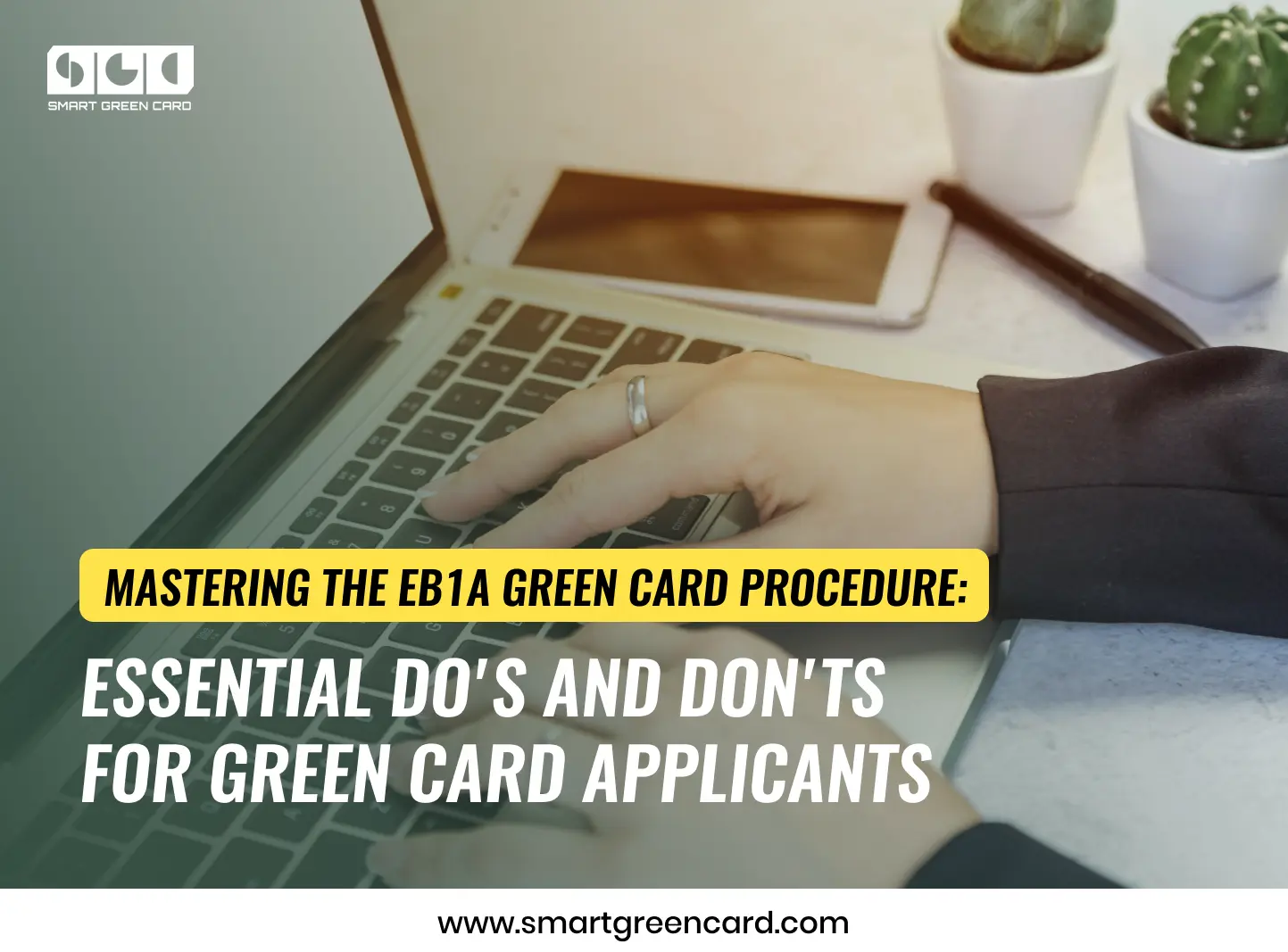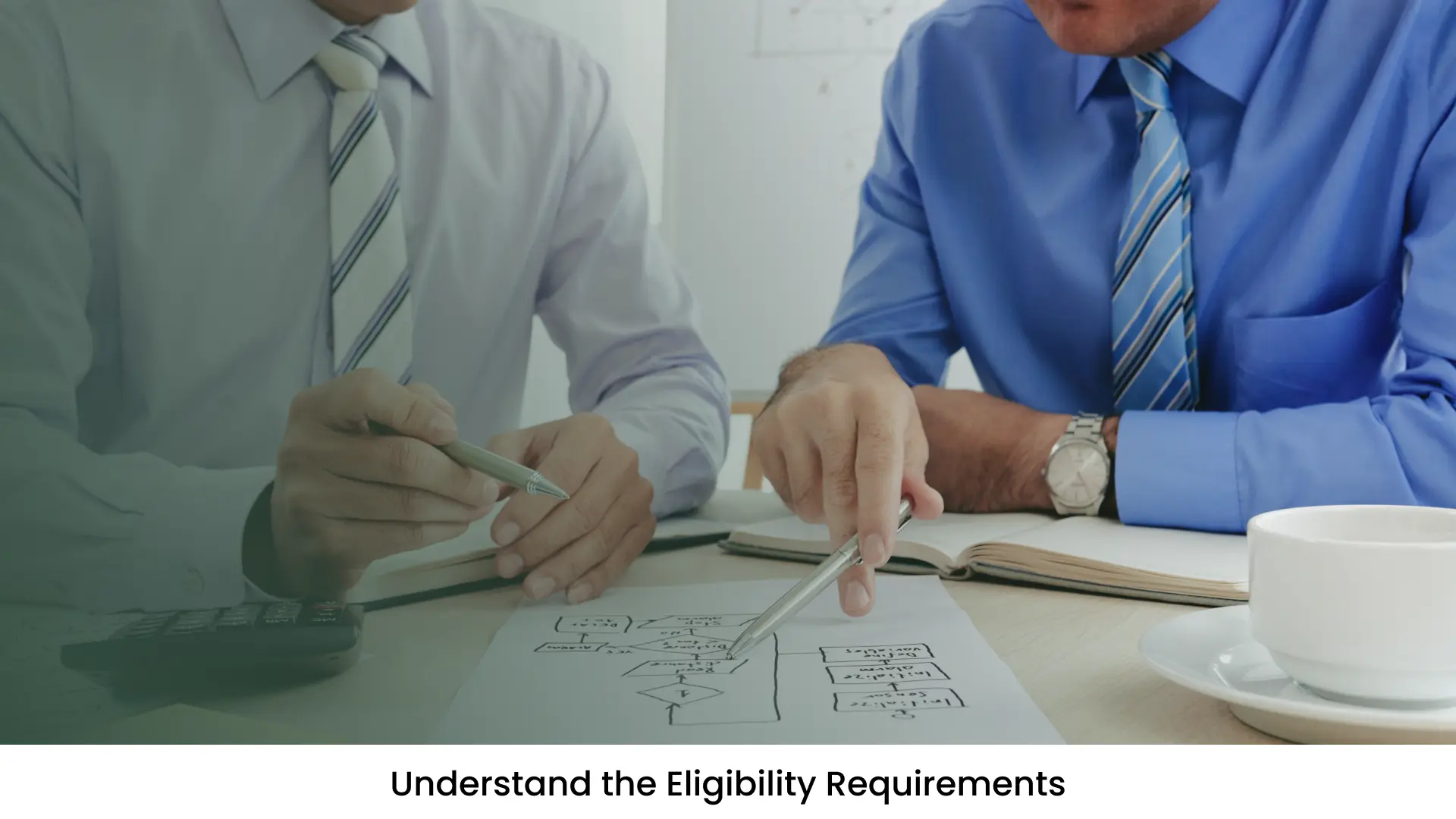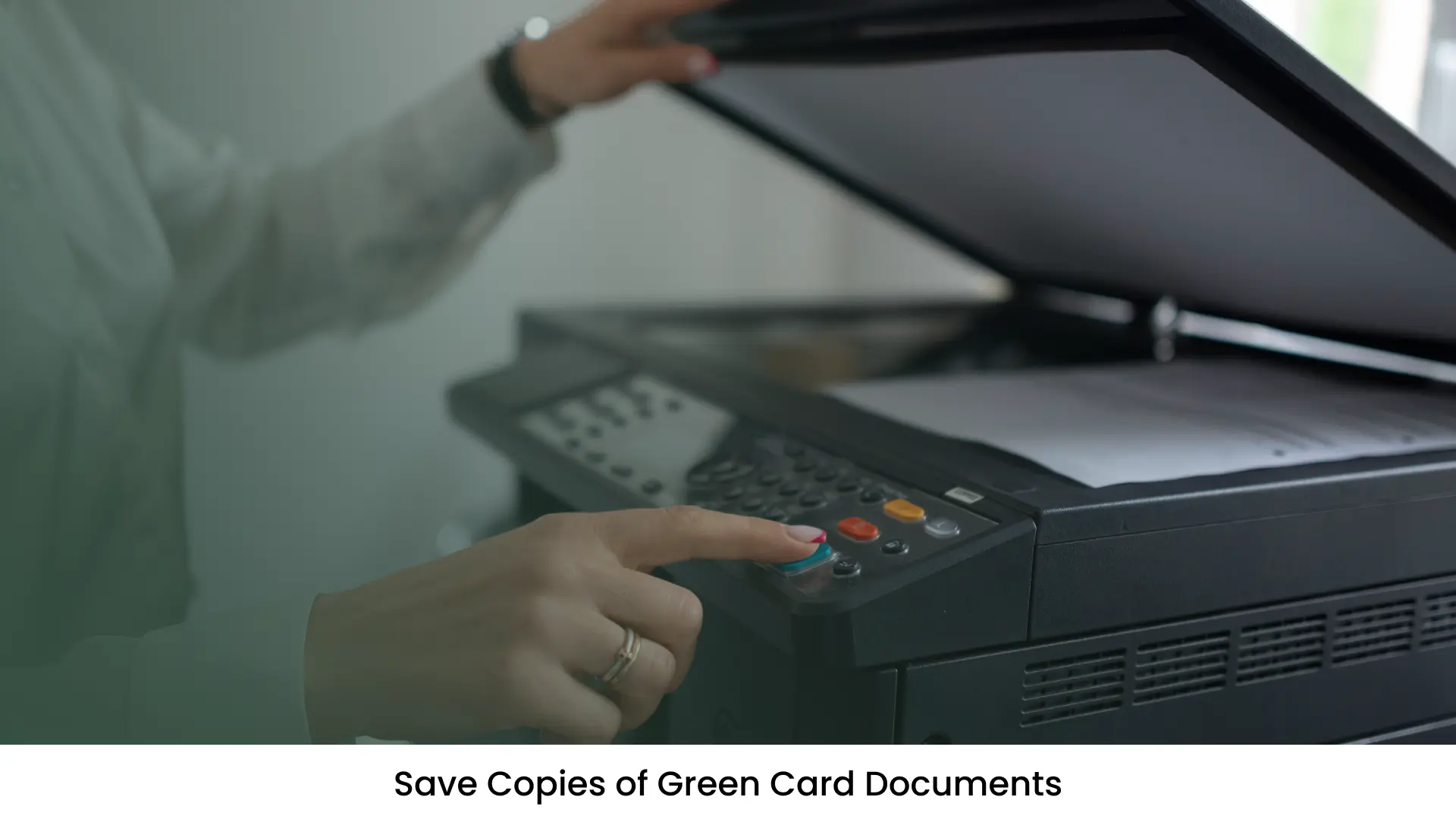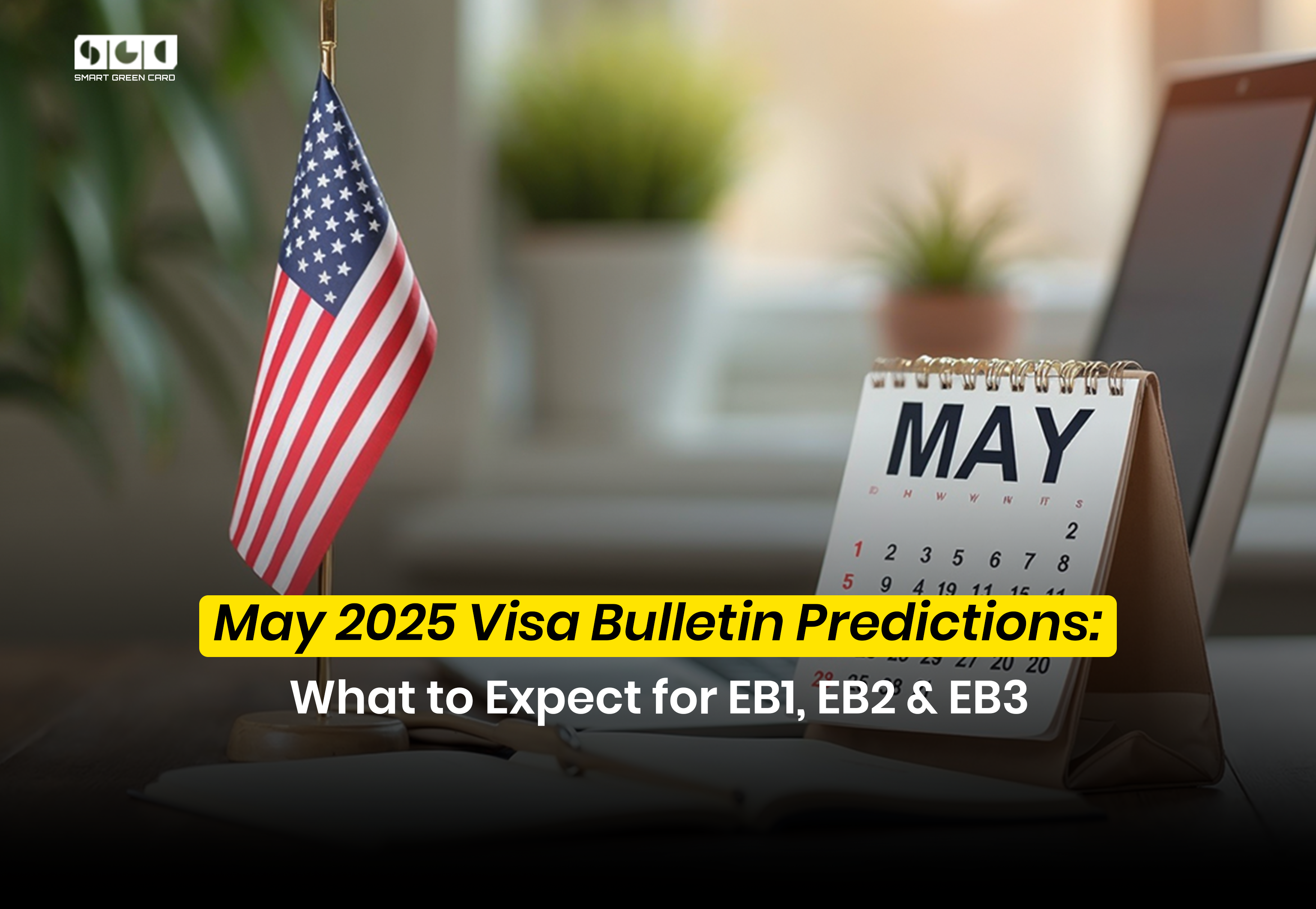Mastering the EB1A Green Card Procedure: Essential Do’s and Don’ts for Green Card Applicants

Considering applying for a Green Card? Understanding the dos and don’ts of the EB1A Green Card procedure can help you avoid delays and potential denials of your application.
In this blog, we will cover the key steps you should take and avoid to navigate your Green Card journey effortlessly. Let’s begin.
What You Should Do During the EB1A Green Card Process?
1. Understand the Green Card Eligibility Requirements

Make sure you meet the general requirements for applying for a U.S. green card, including:
- Meeting admissibility requirements: This means you should not have any disqualifying medical conditions or a history of criminal activity.
- Having a valid passport
- Maintaining legal status in the U.S. (if applying for adjustment of status within the U.S.)
You should also meet the specific eligibility requirements for the particular green card category you are applying for. For example, to qualify for EB1A, you need to meet at least three EB-1A criteria and demonstrate sustained national or international acclaim.
2. Follow USCIS Green Card Form Instructions
The EB-1A green card process involves two steps:
- Filing Form I-140, Immigrant Petition for Alien Worker, with USCIS. This form establishes your eligibility for the EB-1A category.
- Submitting an Application to Adjust Status (Form I-485) when you are in the US. This application allows you to transition from your current nonimmigrant status to a lawful permanent resident (green card holder).
It is important to note that You can only submit Form I-485 to USCIS when your priority date becomes current according to the visa bulletin.
Evidence for Your Applications:
- Form I-140: Include completed Form I-140, along with supporting documentation demonstrating your extraordinary ability in your field of expertise. Refer to the form instructions for specific requirements.
- Form I-485: File the completed Form I-485 with all necessary supporting documents as outlined in the form instructions. A basic checklist typically includes two passport-size photographs, a photocopy of a government-issued ID, a birth certificate copy, proof of your current immigration status, and documentation specific to the EB-1A category.
Carefully read and follow the instructions for both Form I-140 and Form I-485. Ensure all required details are completed accurately and all necessary documents are attached. Incomplete applications or missing documents can lead to Requests for Evidence (RFEs) or even rejection of your green card application.
3. Save Copies of Green Card Documents

Make sure you have secured copies of all important documents you used in the green card procedure. These documents include application forms, receipt notices, and all supporting documents.
This approach offers several benefits:
- You can easily reference these copies for specific details during the green card process.
- The document copies serve as proof that you submitted the necessary documents in case the originals are lost in transit or for other reasons.
- The green card document copies can be used to support an appeal if USCIS denies your application.
4. Seek an Attorney’s Help
Even though an EB-1A application can be self-petitioned with USCIS without a lawyer, hiring one is crucial for precision. Here are some benefits of retaining a lawyer for your EB-1A case:
- Immigration laws and green card procedure are complex and constantly evolving. A lawyer will be knowledgeable about current policy updates and immigration procedures, helping you navigate the green card process smoothly.
- Lawyers ensure your application is filed without errors that could lead to rejection or delays.
- If you have a history of immigration issues, hiring a lawyer will provide you with the right guidance and representation to address them effectively.
For the EB-1A process, it’s crucial to choose an attorney specializing in handling EB-1A cases within your specific field. In the Smart Green Card VIP plan, we have pre-vetted attorneys with a proven track record handling EB-1A cases in the tech and business fields, which are common areas for our clients. Once the EB-1A profile-building process reaches 75% completion, we will refer our clients to these attorneys with discounted fees for legal representation, if they are interested.
4. Notify USCIS of Address Change
You are required to inform USCIS of any change in your address to avoid potential delays or complications in the green card process.
What NOT to Do During the Green Card Procedure?

Here are the things you should avoid throughout your green card process.
1. Do not provide any false information on the USCIS forms or during the interview with the immigration officer. Lying to USCIS will result in denial, deportation, or criminal charges.
3. Do not leave blank spaces in the form. Provide all information accurately. If some part is not applicable to you, then you should mention “N/A” or “none.”
4. Do not miss deadlines in the green card process, whether submitting an application or attending a biometric interview. This can cause delays or rejection of your application.
5. Do not fail to respond to an RFE (Request for Evidence) within the deadline. Doing so may lead to denial of your green card application.
6. Do not travel outside the US while your I-485 application is pending with USCIS, as it may lead to denial of your green card application. Travel internationally only after you receive your advance parole.
Conclusion
Green card procedure can be intricate, and the green card processing time may be longer than you had preferred for your green card category. However, patience and a positive attitude are essential throughout the process.
The H-1B to green card process is crucial for highly skilled immigrants who want to work permanently in the United States. So, consider seeking help from an attorney to ensure your forms are filed correctly. An attorney can also assist you in handling any Requests for Evidence (RFEs) or other potential issues that may arise during the green card process.
Among employment-based green cards, EB1A offers a special advantage: you can independently petition USCIS for your EB-1A application. Unlike other categories, the EB1A Petition doesn’t require a labor certification or an advanced degree. Additionally, EB1A generally has shorter green card wait times for Indians compared to EB-2 and EB-3 categories.
If you are seeking guidance and support for building your EB-1A profile, consider exploring the Smart Green Card VIP plan.
Share this :
- SGC
- No Comments
Latest blog & Newsletters
May 2025 Visa Bulletin Predictions: What to Expect for EB1, EB2 & EB3
May 2025 Visa Bulletin Predictions: What to Expect for EB1, EB2 & EB3...
Smart Green Card: Expert Guidance for Your U.S. Visa & Green Card Journey
Smart Green Card: Expert Guidance for Your U.S. Visa & Green Card Journey...
H1B Lottery Results 2025: Everything You Need to Know
H1B Lottery Results 2025: Everything You Need to Know The H1B visa lottery...





